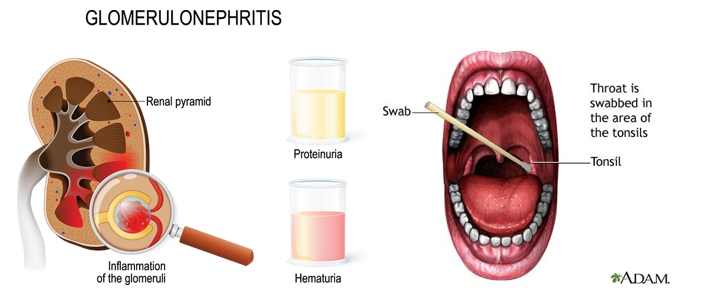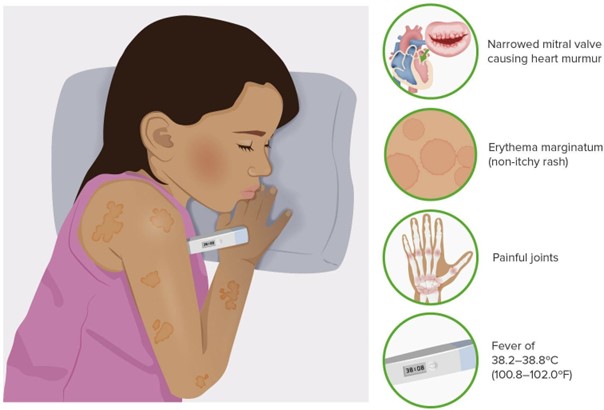The nurse is caring for a child with hypoparathyroidism who demonstrates a carpal spasm when pressure is applied to the upper arm. Which laboratory value should the nurse review?
Potassium.
Chloride.
Sodium.
Calcium.
The Correct Answer is D
Hypoparathyroidism is a disorder in which the parathyroid glands produce insufficient amounts of parathyroid hormone, which regulates calcium and phosphorus levels in the body. In hypoparathyroidism, there is a decreased level of calcium in the blood, which can result in carpal spasm or tetany when pressure is applied to the upper arm.
Therefore, the nurse should review the child's calcium level (D) to determine if it is within the normal range. Low calcium levels can cause muscle spasms, seizures, and cardiac arrhythmias. Hypocalcemia may also result in other symptoms such as numbness, tingling, and muscle cramps.
Potassium (A), chloride (B), and sodium (C) are electrolytes that play important roles in various physiological processes in the body, but they are not directly related to the development of carpal spasm in a child with hypoparathyroidism. While hypokalemia (low potassium) or hyponatremia (low sodium) can cause muscle weakness or cramps, these conditions are not typically associated with carpal spasm in hypoparathyroidism.

Nursing Test Bank
Naxlex Comprehensive Predictor Exams
Related Questions
Correct Answer is A
Explanation
The nurse should report a positive rapid strep test of the oropharynx to the healthcare provider. Acute glomerulonephritis is often caused by a recent streptococcal infection, and a positive rapid strep test would confirm this as the underlying cause
A blood pressure of 88/50 mmHg is within the normal range for a child and would not need to be reported.
A maculopapular rash over the trunk of the body is not typically associated with acute glomerulonephritis and would not need to be reported.
Weight loss may occur with acute glomerulonephritis due to decreased appetite, but it is not an urgent finding that needs to be reported immediately.

Correct Answer is C
Explanation
Acute rheumatic fever is a serious inflammatory condition that can develop after a streptococcal infection, particularly if the infection is not treated or resolved properly. The most common initial symptom of acute rheumatic fever is a sore throat, which is usually accompanied by a fever and swollen lymph nodes.
While mumps, chickenpox, and influenza are all infectious diseases, they are not directly linked to the development of acute rheumatic fever. However, a recent or untreated streptococcal infection (such as strep throat) can lead to the development of acute rheumatic fever.
Therefore, when obtaining a health history from a child with a diagnosis of acute rheumatic fever, it is most significant to inquire about recent or untreated sore throat, as this is the most likely cause of the condition.

Whether you are a student looking to ace your exams or a practicing nurse seeking to enhance your expertise , our nursing education contents will empower you with the confidence and competence to make a difference in the lives of patients and become a respected leader in the healthcare field.
Visit Naxlex, invest in your future and unlock endless possibilities with our unparalleled nursing education contents today
Report Wrong Answer on the Current Question
Do you disagree with the answer? If yes, what is your expected answer? Explain.
Kindly be descriptive with the issue you are facing.
